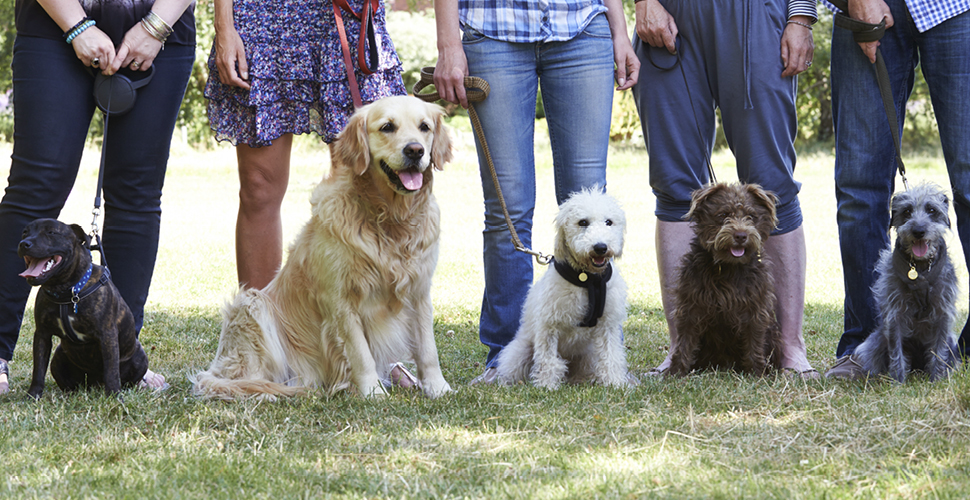They say you can’t teach an old dog new tricks but even for the wiliest old pooch, there’s hope for learning new skills. From positive reinforcement to classes here are 4 tips for training your pet.
Benefits of Training
Aside from safety, training your pet at any age can have immense brain and health benefits. Here are some benefits of training:
-
Strengthen pet and owner bond
Training helps strengthen the bond between you and your pet by ensuring that you and your pet are both speaking the same shared language. Training keeps your pet safe by, making sure that your pet understands rules, boundaries, and approved behavior both at home and in public. Your pet is incredibly smart and knows (for the most part) right from wrong. But if they don’t know what is wrong and what is right, they’ll constantly be unsure of how to act out which may result in poor behavior.
-
Keep your pet mentally stimulated
As mentioned above, your pet is incredibly intelligent. They like being stimulated both mentally and physically. Just as much as your pet needs exercise for their physical health, pet training helps support their mental health. Training gives your pet puzzles and tasks to complete that stimulate their brains for a more enriched life.
-
Your dog likes having to work a little
Dogs like the reward of work. Whether it’s a treat or a big belly rub, your dog doesn’t mind, and actually enjoys, working a little bit for a little reward. Rewards help reinforce positive behavior and encourage your pet to continue to participate in what little work you require from them.
-
Instills doggy manners
Ever go to someone’s house and their dog is jumping all over you? At first, it’s kind of cute but after a while, it can be annoying. Especially if their paws are muddy or dirty. Just like people, dogs need to express good manners. Training helps ensure that your pet has good manners and is well behaved– both in the home and in public.
But how can you get an old dog or brand new puppy to realize these training benefits? It may not be easy but with the right attitude, a little patience, and a rigid schedule it can be done!
Use Treats
And lots of them. Treats help to positively reinforce good behavior especially for activities like walking or leash training. Treats can be used throughout the training process. This means that you can use a treat to initiate training, in the middle of training, and of course, at the end. You can find training-specific pet treats at the store or use your pet’s favorite.
Keep a Schedule
Pets thrive with a schedule. This helps them know what’s coming and have a better understanding of what it is that you want them to be doing at certain times. Schedules help to avoid potty accidents and predictability helps things click faster for your pet.
Enroll in a Class
Sometimes solo training is not enough and it’s time to call in the professionals. Look for classes that are appropriate for your pet’s age. Some training classes apply specifically to puppies and some trainers help older dogs but no matter what your dog’s age is, there is definitely still hope to train them!


